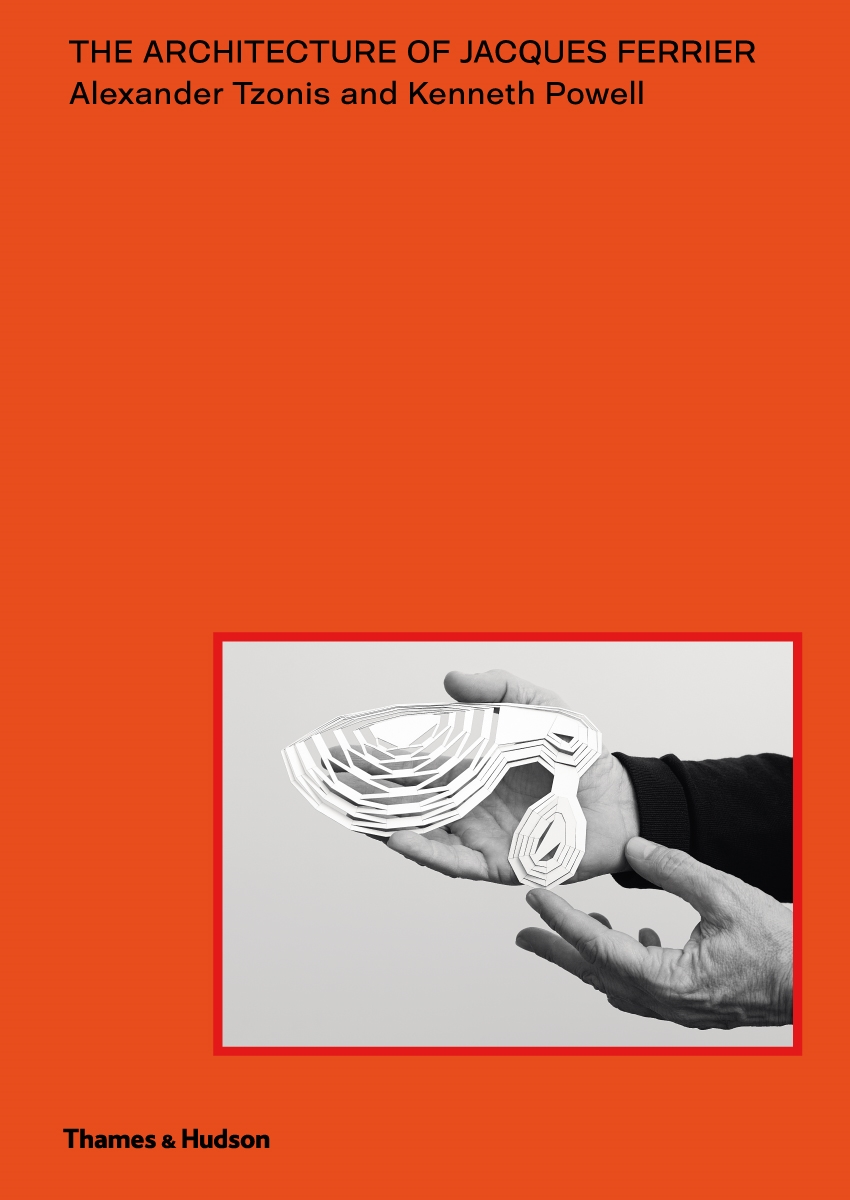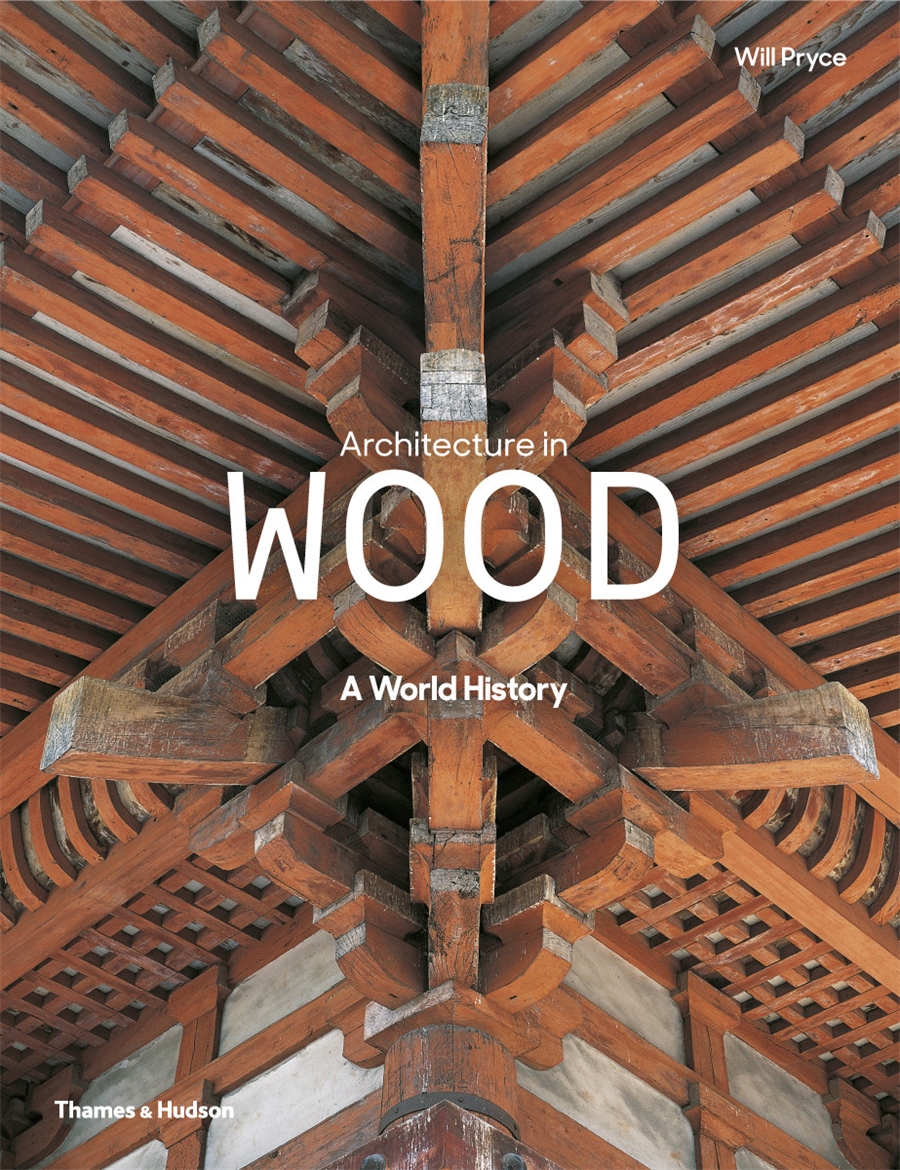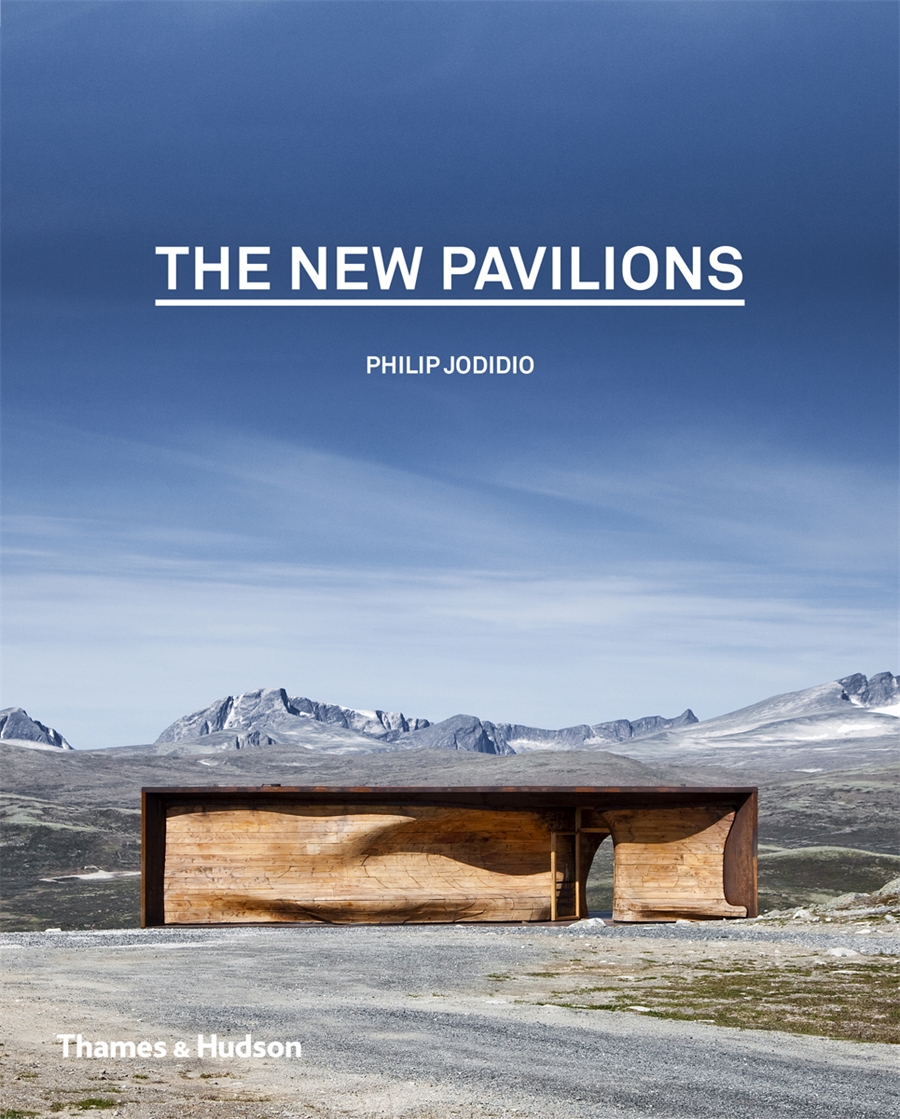Description
Jacques Ferrier’s French pavilion for the Shanghai World Expo in 2010 was, along with Thomas Heatherwick’s ‘Seed Cathedral’, the most lauded and visited structure at the fair. It also encapsulated the key characteristics of Ferrier’s work: a deep interest in technology; the encouragement of social interaction through the use of courtyards, walkways and loggias; and the use of an external perforated ‘second skin’ that provides a filter for direct sunlight and an informal zone for social gathering while softening the transition from the building’s internal space and the outside world.
This complete study of Ferrier’s work to date in Europe and Asia includes cultural buildings, ‘showcase’ headquarters (including those for Hachette Livres and Piper-Heidsieck Champagne), public buildings, offices, colleges, research centres and flagship stores. It also explores the idea of the ‘Sensual City’ that is central to Ferrier’s philosophy: that all buildings should thoroughly engage with the cities they inhabit.
The Architecture of Jacques Ferrier is a major contribution to the debate about the nature and responsibility of architecture in an age of globalization.



